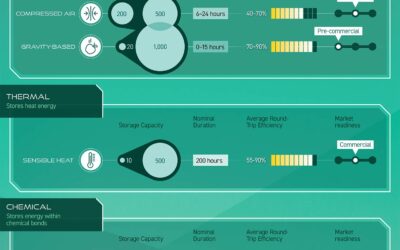Author: Israel Gonzalez
It’s a brave new world in 2020 and as we are returning to business and our previous workflows, we find the road before us ripe for opportunity. Industry leaders are ready to create evolution like a racehorse being let out of the gate. The winds of change are moving, and they are they are swirling around change management itself, humans, and machines.
- Continuous Improvement
Who knew change management would find itself going through change? Initially, change was project based with a beginning and end, simpler, and flowed more in a waterfall methodology. It’s now evolving into a continuous changing model; more agile. Initiatives are becoming broader within this new cadence and then working in specificity in following initiatives to build off one another.
This progression is predicted to combat change management’s nemesis; change fatigue. Change is always difficult and faced with opposition, but the project model produced disjointed change. The continuous model relates the changes together changing how they are perceived from disruptive to gradual. Many changes are implemented with the best of intentions to fix a problem, but at the expense of creating another. Now this graduality can push into a culture of its own. Change begins to be understood as a given part of the day-to-day and as continuous improvement of the whole.
- Upgrading Your Foundational Players
It’s no surprise that a company’s employees are the bedrock of all its achievements, but that makes them the key players in analyzing future potential. Implementing a change doesn’t occur after one meeting, but over multiple touchpoints or phases. Companies are finding themselves growing the change leaders’ team within their companies to offer better support in helping usher in new change. This increase isn’t just providing better implementation but more change more quickly. They are the ones working less systematically and driving to the beat of the agile drum.
To strengthen the odds and overcome typical roadblocks companies are building a culture with a higher affinity to learn to create an environment where change can take root quickly. Encouraged learning is finding itself to be at the forefront and company leaders are building a learning culture by providing opportunities for their employees to flex their brain muscles. They are bolstering the minds of the “masses” because they know that the speed of adoption doesn’t rest solely on the size of the change management team, but on the receptiveness of the employees.
Learning items planned and set before you is the beginning, but being able to thrive in uncertainty takes adaptability. It’s becoming unreasonable to know every system in your industry or to be educated in all new trending ideas, so we must drive to embrace these uncertain times. An important note is that communication is vital within this uncertainty because it offers a lifeline to build confidence to march forward.
- Technology
Digital Technology is permeating through all industries and change management is no exception. Understanding large amounts of dialogue from feedback throughout the process is proving difficult with the increased cadence. Systems like Google Duplex are showing the advancement of A.I. to understand and respond to human dialogue. Another leap forward is Housespace which is not only showing how easy and quick it can be to categorize this data but providing summaries of mass feedback. This has never been more crucial than now because as closeout reporting is declining, actionable data is emerging as its successor. This finalizing report is proving less necessary because succeeding change may not only attend to the next evolution, but fix a small pitfall form the previous one. This is where actionable data from these systems will prove useful by helping you spring forward from your last step.
We need to reset out expectations around implementing change within a company. Change is coming and it will always be coming as we continuously change moving forward. Bolster your own change team and make them key players in your organization. Create a learning culture with workshops and team building to grow your employees. Lastly, rethink how you report out. Whether you use a new software to help you or not, learning to create actionable data over success reports will make all the difference. Find your pace. It is not a sprint anymore but a marathon.



